All products featured are independently chosen by us. However, SoundGuys may receive a commission on orders placed through its retail links. See our ethics statement.
Sony WF-1000XM4 vs Samsung Galaxy Buds 2
October 3, 2022
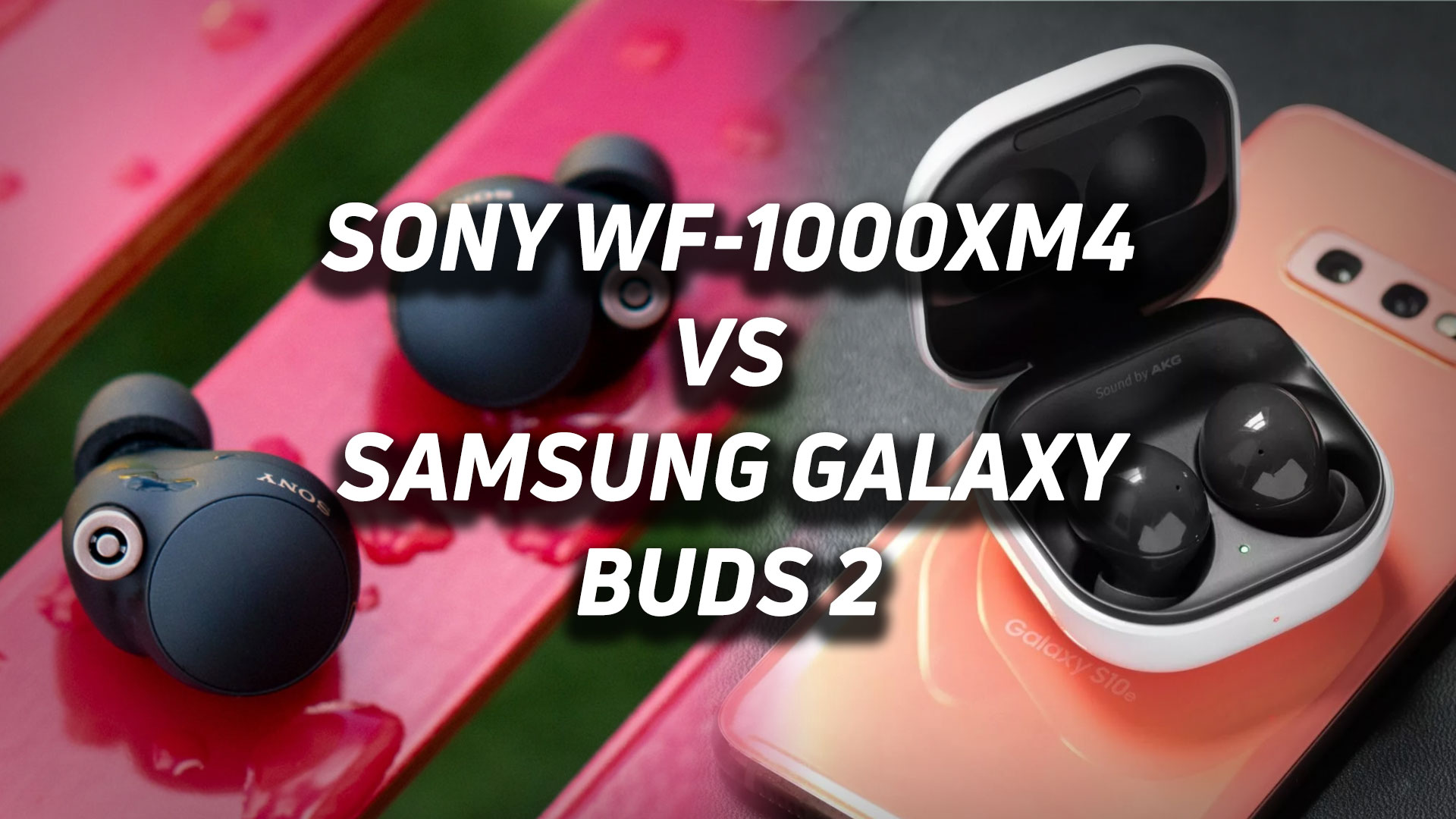
The Samsung Galaxy Buds 2 and Sony WF-1000XM4 are two very good active noise canceling (ANC) wireless earbuds, but which is the best? We’ve put each set of earbuds through a battery of tests, and taken them for weeks of use in the real world. Let’s see if the pricier Sony earbuds are worth it, or if you’re better off saving some coin and grabbing the Galaxy Buds 2 instead.
Editor’s note: this versus article was updated on October 3, 2022, to add the Samsung Galaxy Buds 2 Pro and Apple AirPods (2nd generation) as alternatives. We also updated the comparison charts in the Noise canceling section and expanded the list of microphone samples.
Is the Sony WF-1000XM4 or Samsung Galaxy Buds 2 designed better?
The Sony WF-1000XM4 has a pretty traditional design for true wireless earbuds, there are no stems or wacky holes where the nozzles should be. Instead, the WF-1000XM4 buds look like the more affordable WF-C500 with the addition of gold accents. Sony provides three sets of polyurethane foam ear tips rather than the traditional silicone ear tips. This makes the buds fit more comfortably, and helps maintain their stability in your ears. Be aware: memory foam tends to wear down faster than silicone, so while the buds’ IPX4 rating allows you to exercise with them, you may need to buy a few replacement ear tips.
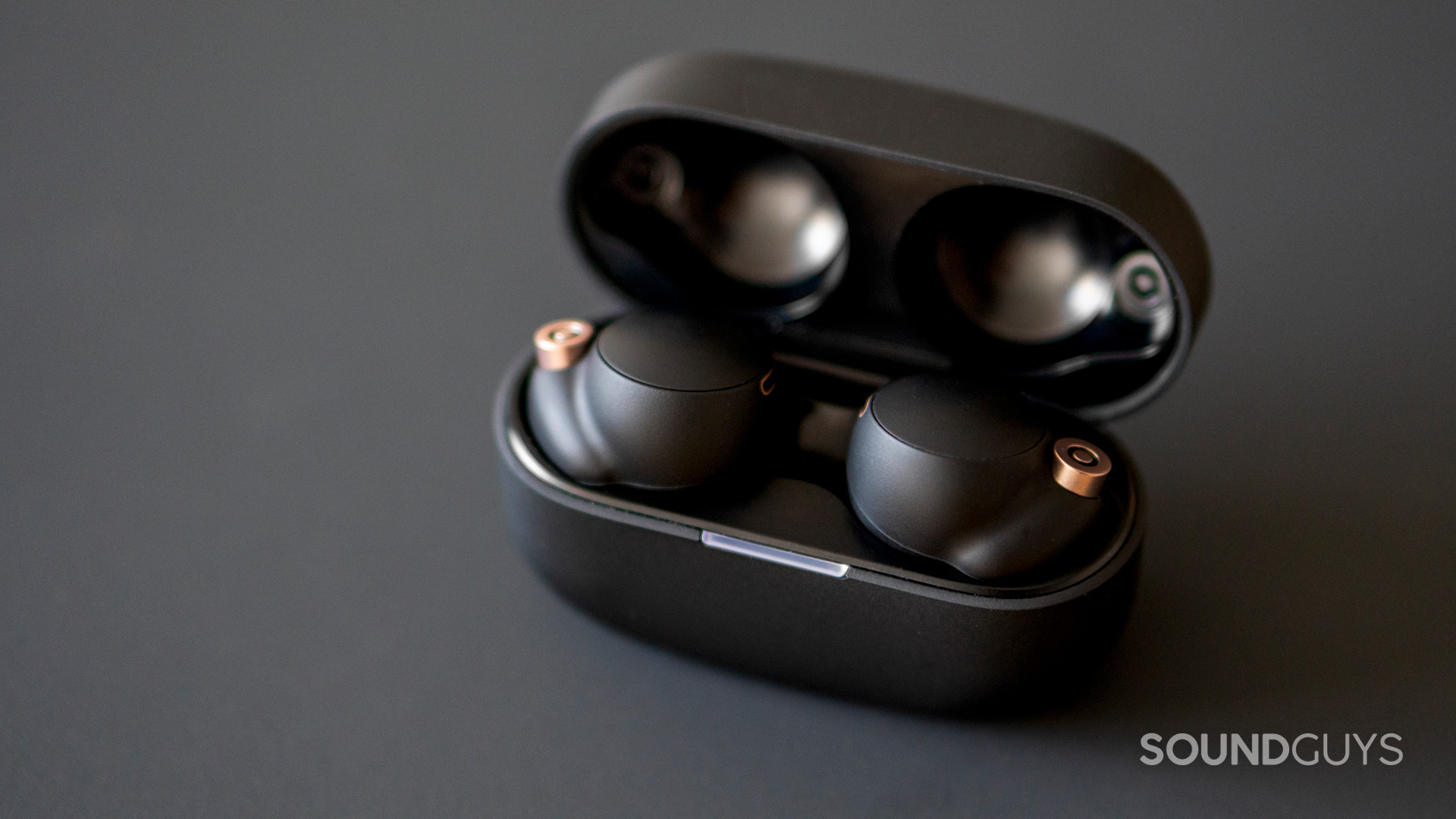
With Sony’s horizontal case, you can flip the lid single-handedly and stand it up while charging. We like just how compact the Sony WF-1000XM4 case is, especially compared to its predecessor. A long, thin LED communicates how much battery is left, and it has a USB-C charging input on the back. Unfortunately, the case doesn’t sport any kind of water resistance, that’s a rare feature among very few products, like the Jaybird Vista 2.
Unlike the Sony WF-1000XM4, the Samsung Galaxy Buds 2 includes three sets of silicone ear tips—there’s no memory foam here. Futuristic as they may be, the glossy plastic earbuds look almost candy-like, especially if you go for the Olive or Lavender colorway. The buds are pretty slippery and may not be well suited for the clumsy, but once you get past that, they’re pretty easy to insert and remove. Just be sure you don’t drop the buds into a puddle since they only have an IPX2 rating.
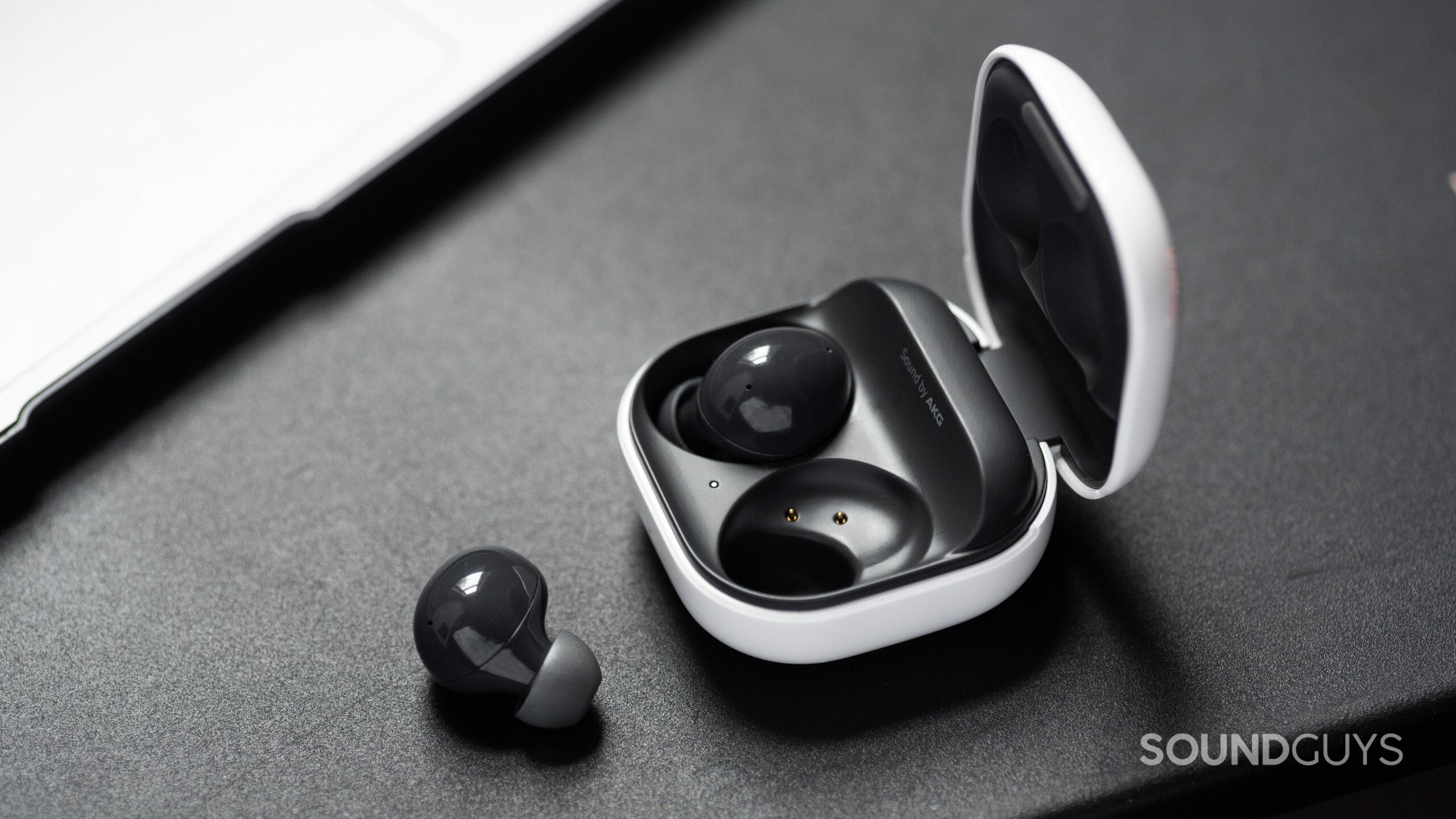
Samsung uses the same jewelry box-inspired charging case found with the bean-shaped Samsung Galaxy Buds Live. You can pick your thumb between the seam and lift the case’s lid single-handedly here too, though it’s a tad easier to do so with Sony’s case. An LED sits on the outside of Samsung’s case, just below the seam, and indicates the case’s remaining battery. There’s also an internal LED that indicates the earbuds’ remaining battery.
Both the Sony WF-1000XM4 and Samsung Galaxy Buds 2 have touch controls
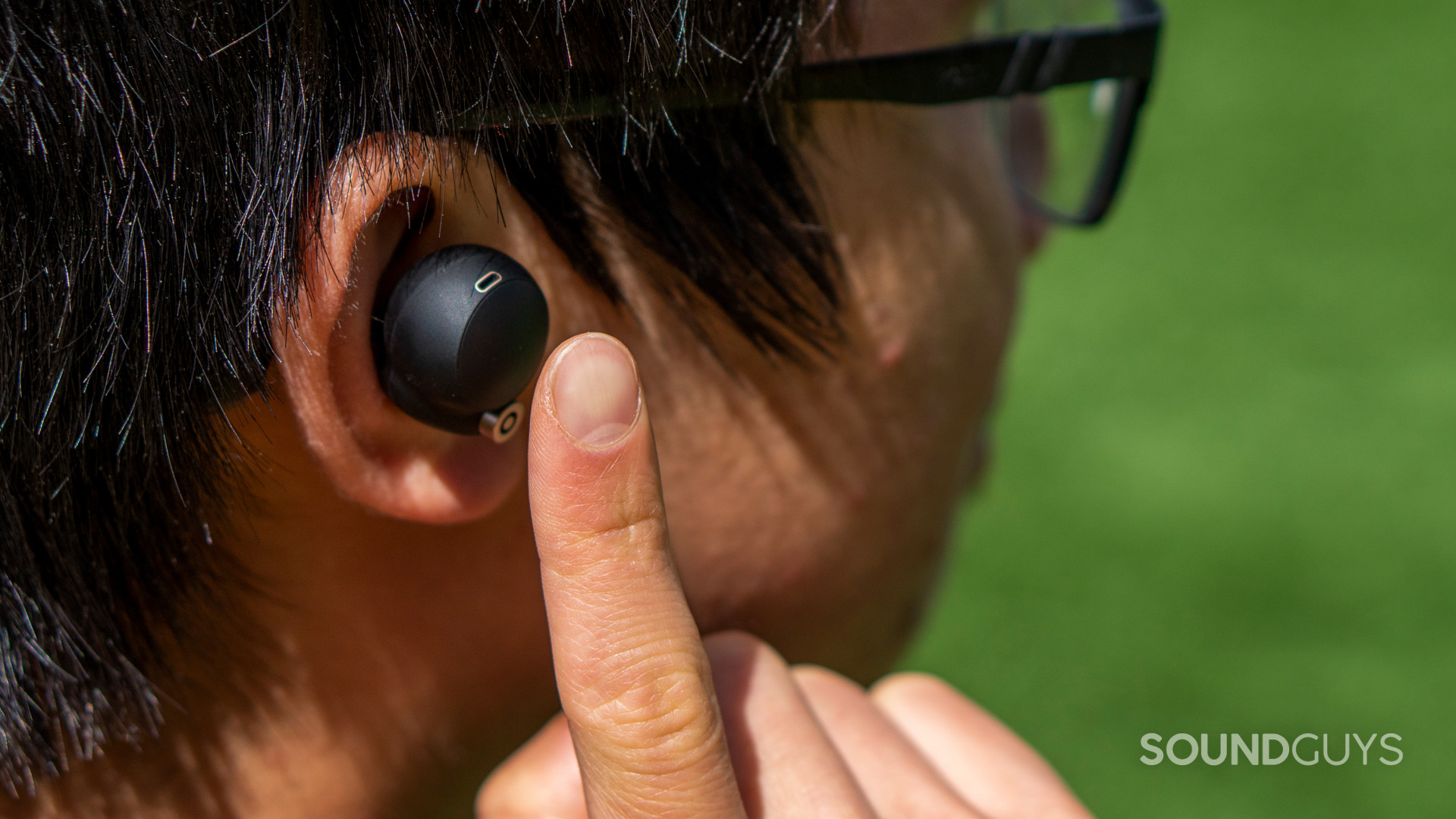
To control playback with the Sony WF-1000XM4, you need to interact with the earbuds’ touch panels. The WF-1000XM4 also has automatic ear detection so you can pause your music by simply removing a bud. You can also activate the passthrough feature by holding a finger to one of the ear pieces.
| INPUT | ACTION (left bud) | ACTION (right bud) |
|---|---|---|
| INPUT ONE TAP | ACTION (left bud) Mute/ANC/Ambient sound | ACTION (right bud) Play/Pause |
| INPUT TWO TAPS | ACTION (left bud) N/A | ACTION (right bud) Track forward/answer call |
| INPUT THREE TAPS | ACTION (left bud) N/A | ACTION (right bud) Track backward |
| INPUT TAP AND HOLD | ACTION (left bud) N/A | ACTION (right bud) Smart assistant |
Similarly, each Samsung Galaxy Buds 2 earbud has a touch panel where you can control playback or field calls. It also has automatic ear detection and pauses playback when you remove the buds. Like the Samsung Galaxy Buds Plus and others before it, the Galaxy Buds 2 touch panels are very sensitive and often register unintended taps. See the table below for more detail:
| Action | Either earbud |
|---|---|
One tap | Play/pause |
Two taps | Next track; answer/end call |
Hold | Previous track; custom option; decline call |
Does the Sony WF-1000XM4 have better software features than the Galaxy Buds 2?
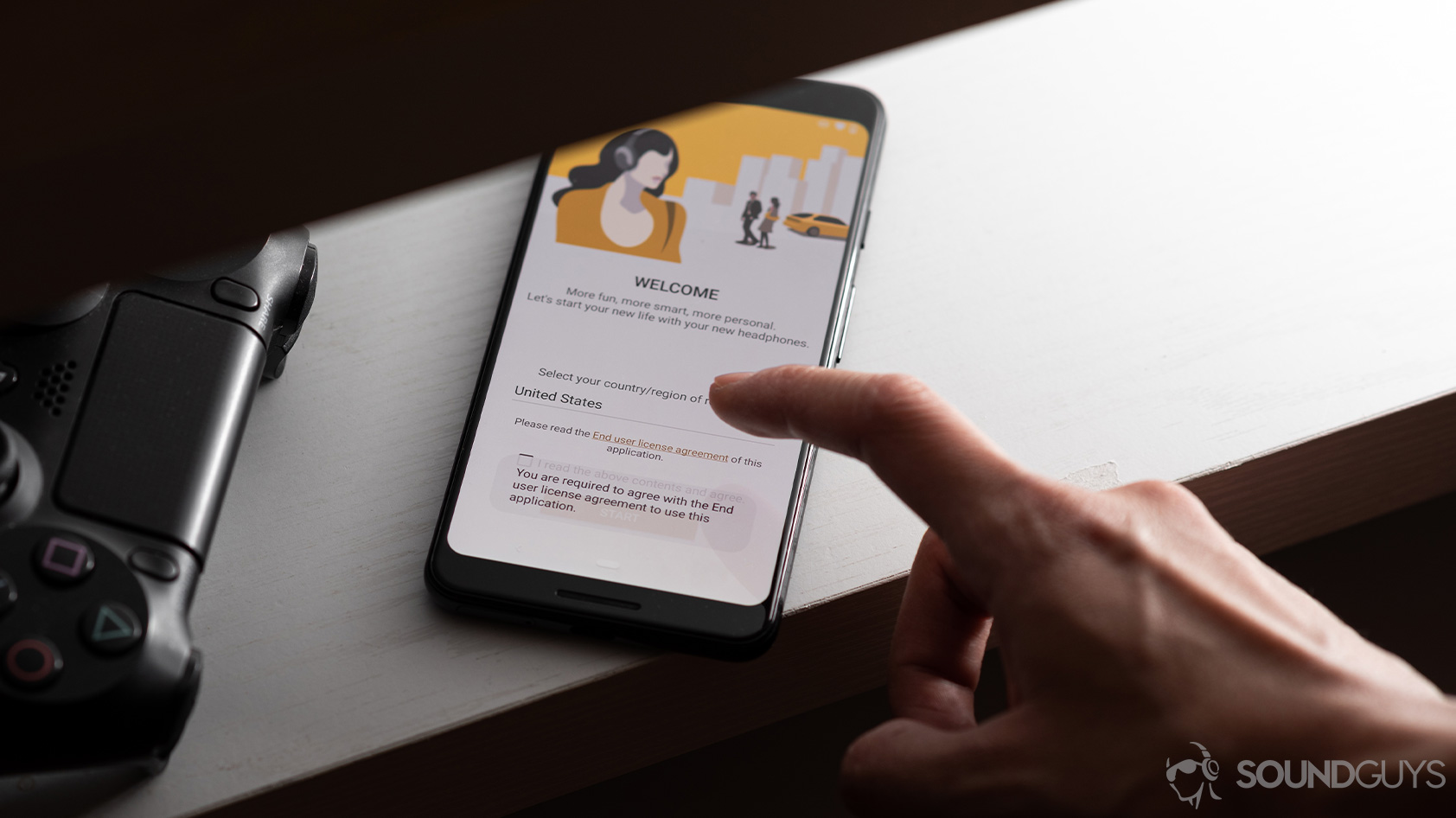
To get the most out of the Sony WF-1000XM4, you’ll want to download the Sony Headphones Connect app (iOS/Android). You can use the app’s ear tip fit test to check if you chose the properly sized ear tips for the best isolation and sound quality. Other popular features include remapping the touch controls, EQ the sound signature, and more. The WF-1000XM4 has voice assistant support for Siri, Alexa, and Google Assistant. It also supports Sony’s 360 Reality Audio in streaming services like Tidal, Deezer, or Amazon Music HD.
In addition to ANC, the WF-1000XM4 has an ambient sound mode, which allows environmental noise to filter through. You can toggle between the settings by tapping on the left earbud. The headset also has speak-to-chat which automatically enables audio passthrough when it detects you speaking to allow for quick conversations.
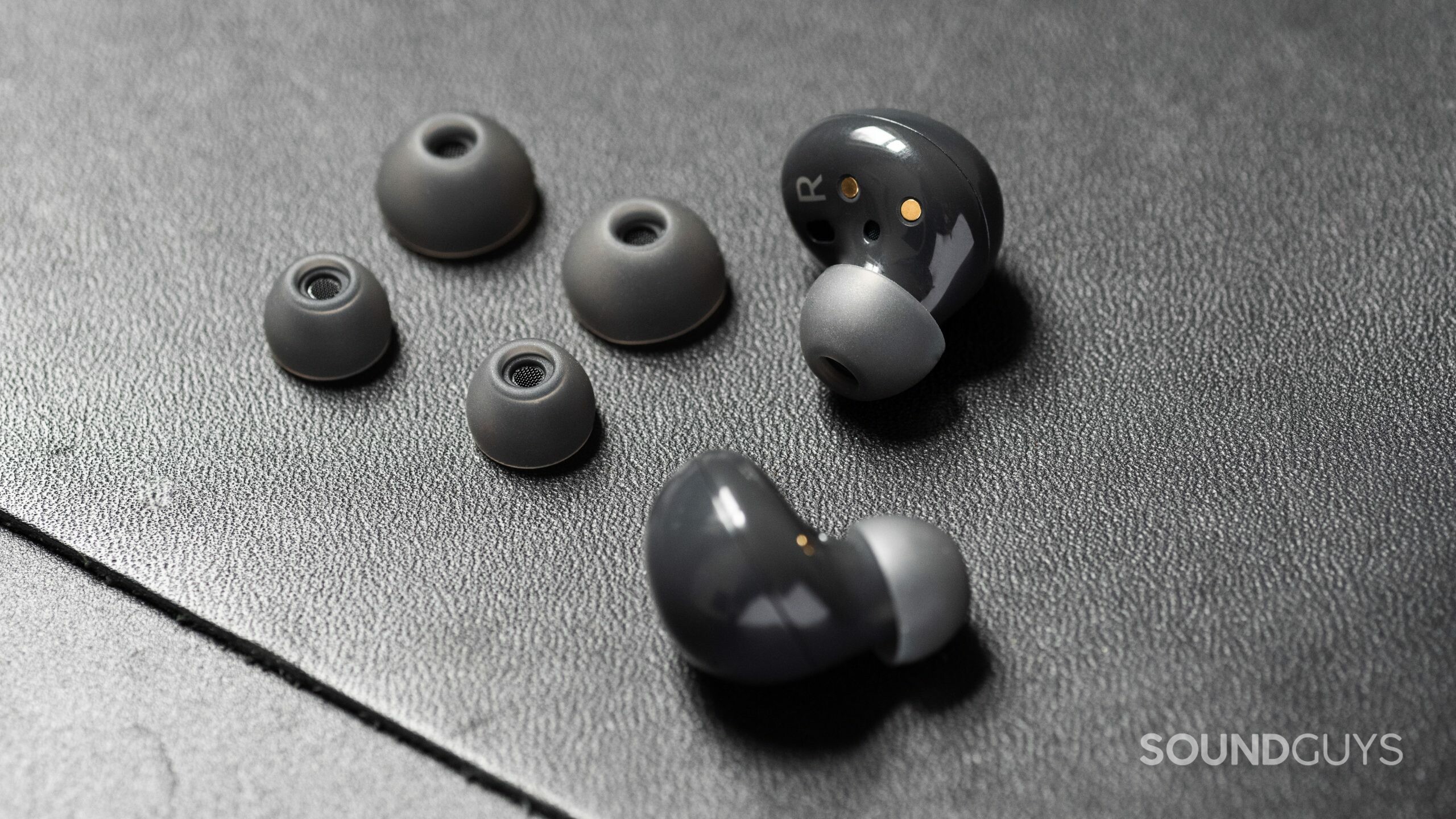
Using the Galaxy Buds 2 with a Samsung phone, you get direct voice access to Bixby. If you want to access Google Assistant or Alexa, you’ll need to create a custom control within the Galaxy Wearable app (Android only). As of April 2022, the Galaxy Buds 2 supports Samsung 360 Audio, which was once reserved for the now-discontinued Galaxy Buds Pro.
Other features include an ear tip fit test a handful of EQ presets, the ability to toggle ANC on/off, transparency mode, and more. Transparency mode is quite good here and sounds pretty natural, you can even adjust the intensity to suit your preferences.
Samsung took a note from Apple’s playbook and the earbuds support automatic device switching across Samsung devices affiliated with the same account. That means you don’t have to manually disconnect from one device before connecting to another. This is different from Bluetooth multipoint, which instead lets you connect to two devices at once.
What Bluetooth codecs do you get with the Sony WF-1000XM4 and Samsung Galaxy Buds 2?
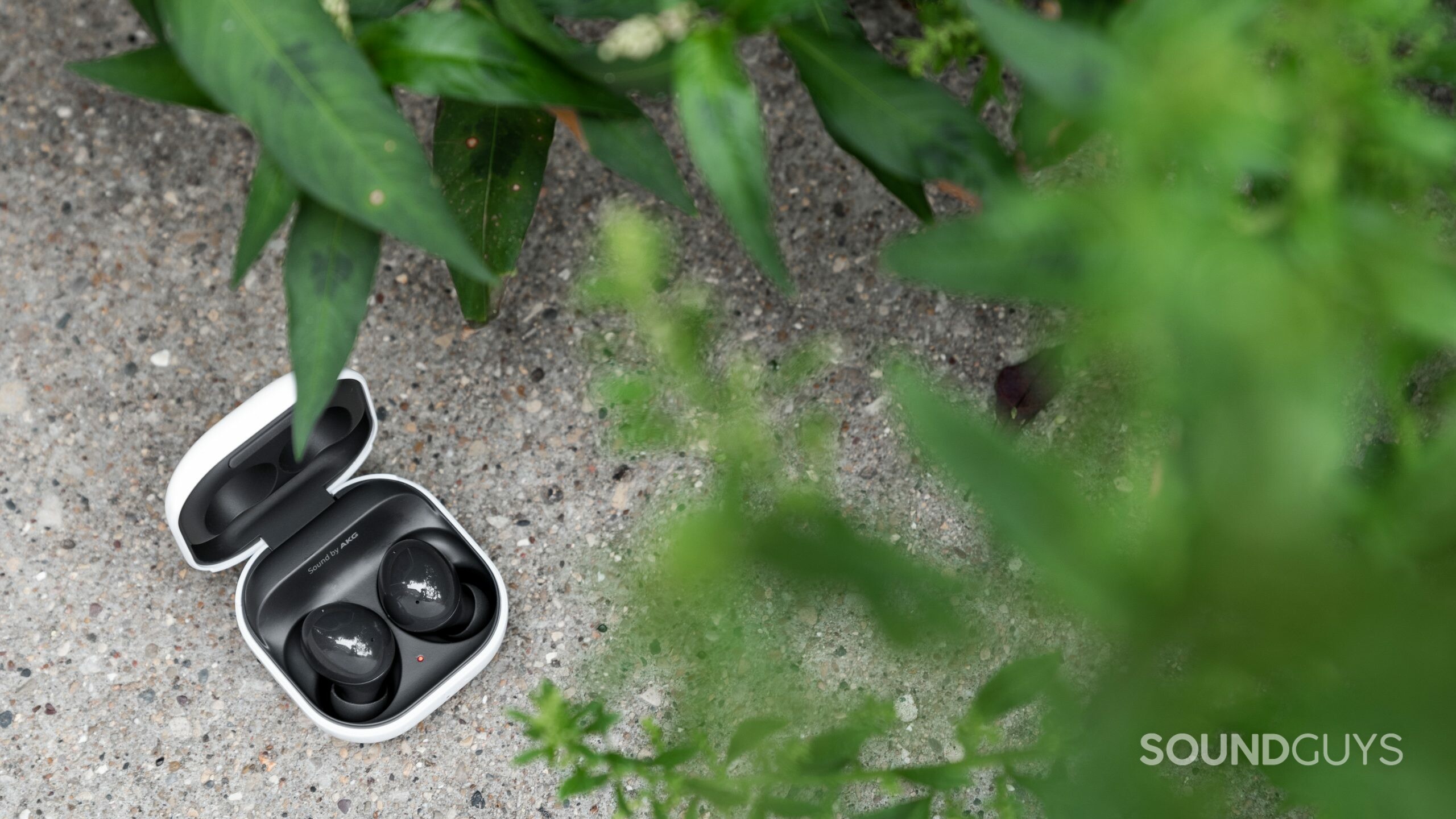
The WF-1000XM4 uses Bluetooth 5.2 which improves battery life and means the headset will be compatible with the LE Audio codec. It also supports SBC, AAC, and LDAC for high-quality streaming to any device. To access LDAC, enable it through your Bluetooth settings and select “660kbps” for what we’ve found to be the best results.
On the Samsung Galaxy Buds 2, you also get Bluetooth 5.2 and support for SBC, AAC, and the Samsung Scalable Codec. Samsung’s proprietary codec only works with Samsung devices and operates similarly to aptX Adaptive by adjusting the bit rate from 88-512kbps to balance connection and sound quality.
Is the battery life better on the Samsung Galaxy Buds 2 or Sony WF-1000XM4?
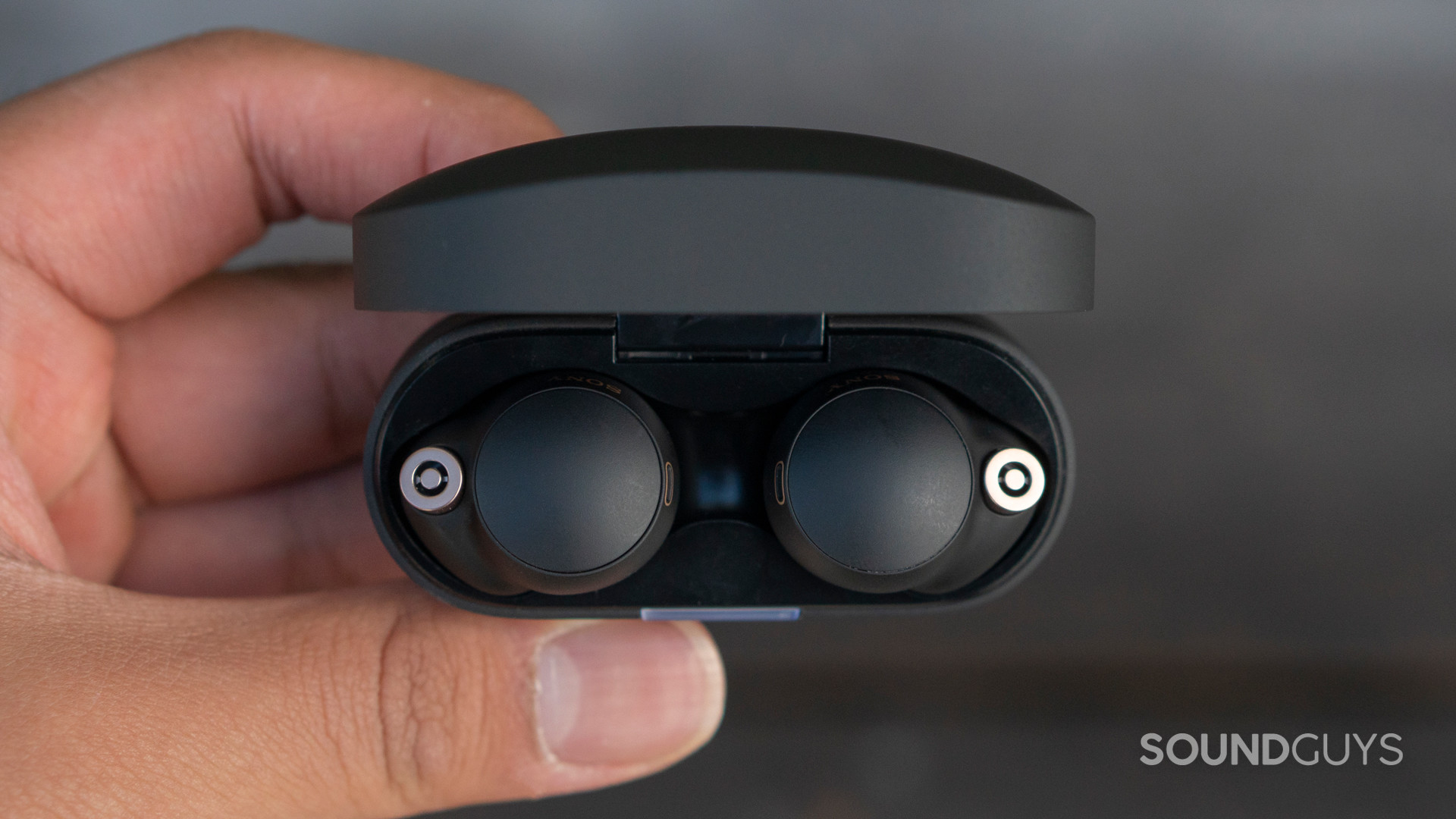
When subjected to our standard testing procedure, the Sony WF-1000XM4 lasts 7 hours, 43 minutes on a single charge. This is pretty crazy for a pair of true wireless earbuds and is, in part, due to the V1 processor. The case holds additional juice, bringing the total battery life up to nearly 24 hours. When you do eventually need to charge the buds and case, you can do so via USB-C or Qi-wireless charging.
Our Galaxy Buds 2 battery test is ongoing, but Samsung’s official battery life for the headset is just 5 hours with noise canceling enabled. The case provides an extra 15 hours of battery. Like Sony’s case, you can charge the Galaxy Buds 2 with a USB-C cable or with a Qi wireless mat. Additionally, you can charge the case atop a Samsung device with Wireless PowerShare.
Both cases can fast charge the earbuds at the same rate: a 5-minute charge grants you 60 minutes of playback.
Does the Samsung Galaxy Buds 2 have better noise canceling than the Sony WF-1000XM4?
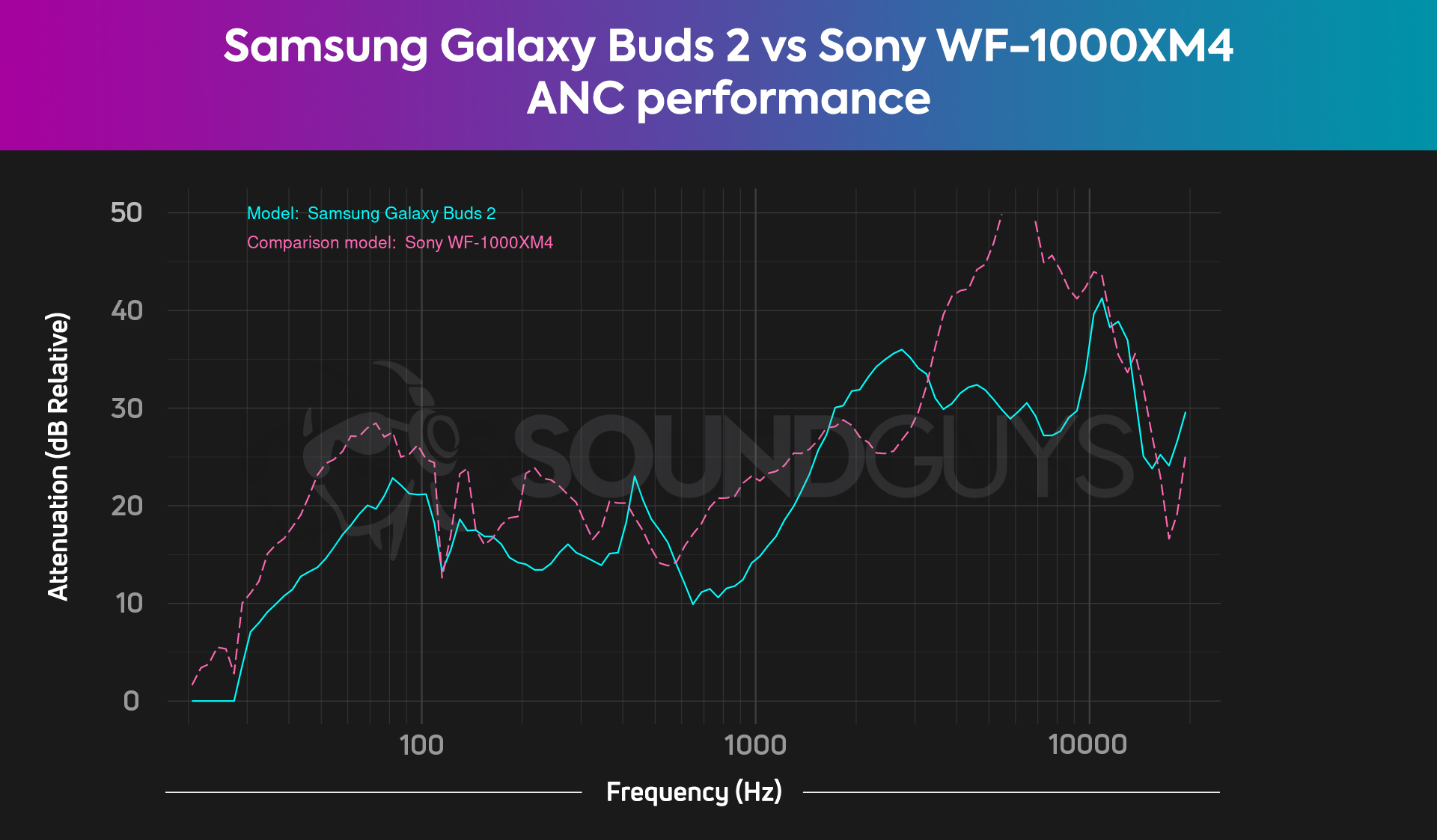
Both of the earbuds in question have active noise canceling and both do a pretty good job of it. Thanks to the Sony buds’ foam ear tips, its passive isolation is very effective at blocking out frequencies higher than 1kHz. When ANC kicks in, it predominantly handles lower frequencies and renders them anywhere between one-fourth and one-eighth as loud as they actually are.
The Samsung Galaxy Buds 2, on the other hand, has slightly less effective sub-bass attenuation but it’s still pretty good and surprisingly better than the Galaxy Buds Pro. With the Galaxy Buds 2 ANC enabled, low frequencies sound one-half to one-quarter as loud as they would without the buds in.
You really can’t go wrong with either set of buds, but the Sony WF-1000XM4 outperforms pretty much every set of noise canceling earphones on the market.
Does the Samsung Galaxy Buds 2 sound better than the Sony WF-1000XM4?
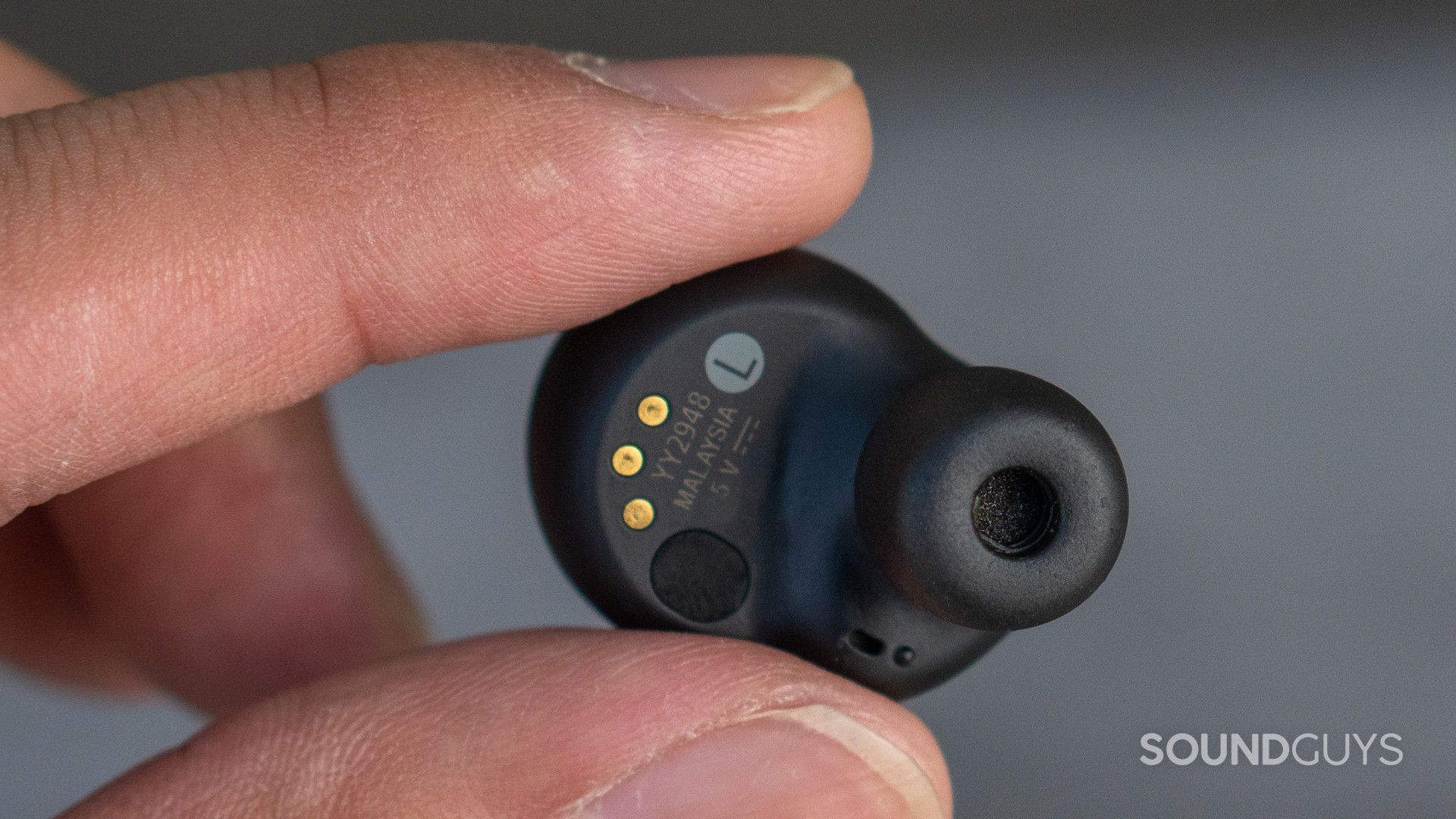
The Sony WF-1000XM4’s frequency response is pretty typical for consumer earbuds, until you get to the treble. The treble under-emphasis is a bit unexpected and may make it hard to hear detail from your favorite tracks. When we listen to our favorite rock tracks, it’s clear that guitar attack or high frequencies sound about half as loud as they should. Still, most people shouldn’t find it too upsetting, and you can easily adjust this in the mobile app, just bring down the bass and midrange a bit. If you don’t want to mess around with the EQ, you’re still likely to enjoy the default sound of the WF-1000XM4. Its bass response is pretty typical for consumer earphones, giving your music that oomph.
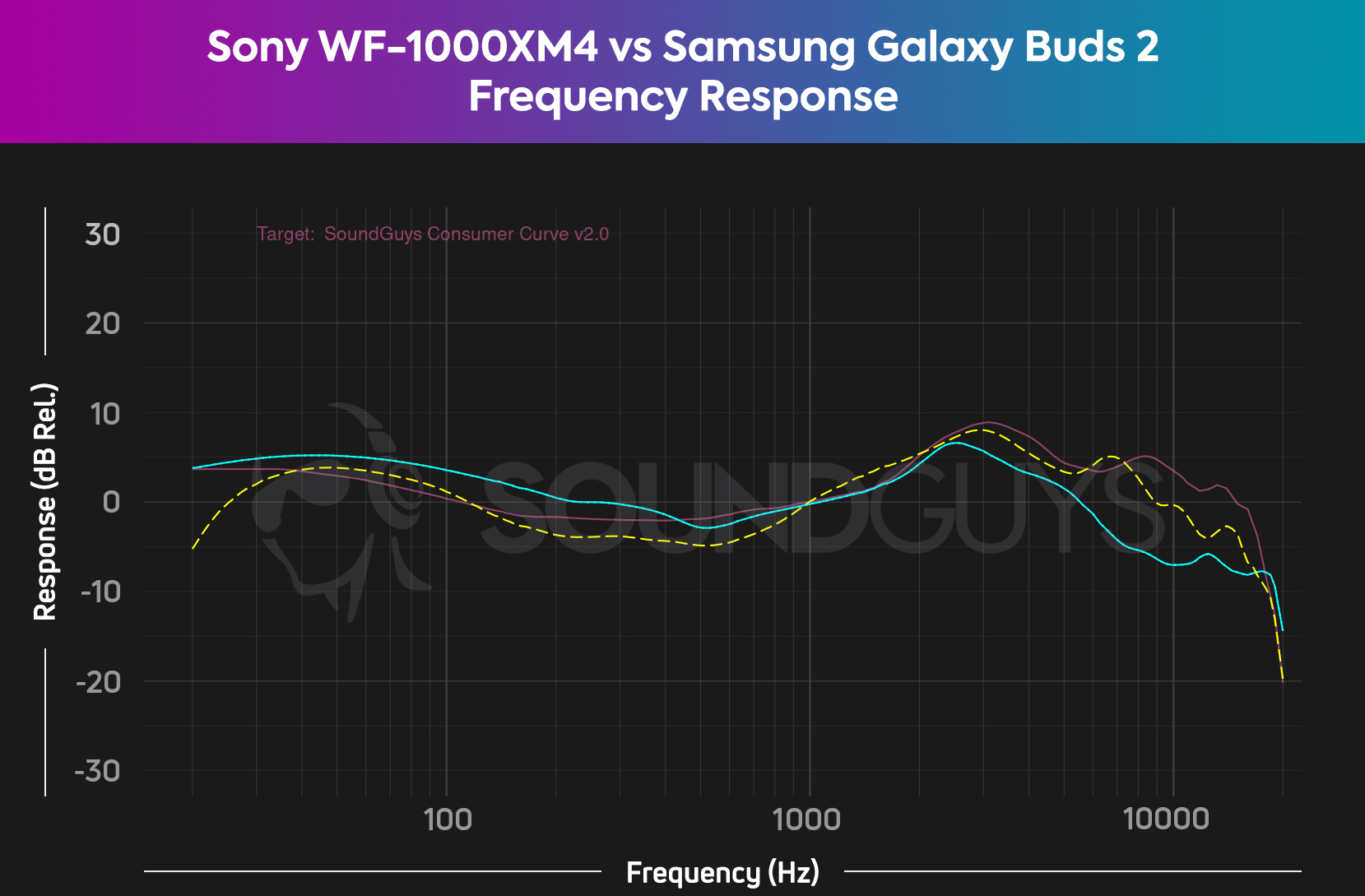
Hewing close to our consumer curve (pink), the Samsung Galaxy Buds 2 sounds great right out of the box and with any genre. The dynamic drivers under-emphasize mids relative to sub-bass notes, but vocals remain audible unless your music is laden with overlapping drum kicks and bass guitar. Unfortunately, you can’t create a custom EQ in the Galaxy Wearable app. If you really want to fine-tune the sound, you’ll need a separate EQ app. Otherwise, you’re stuck with the following presets: normal, bass boost, soft, dynamic, clear, and treble boost.
Which pair of earbuds has a better microphone?
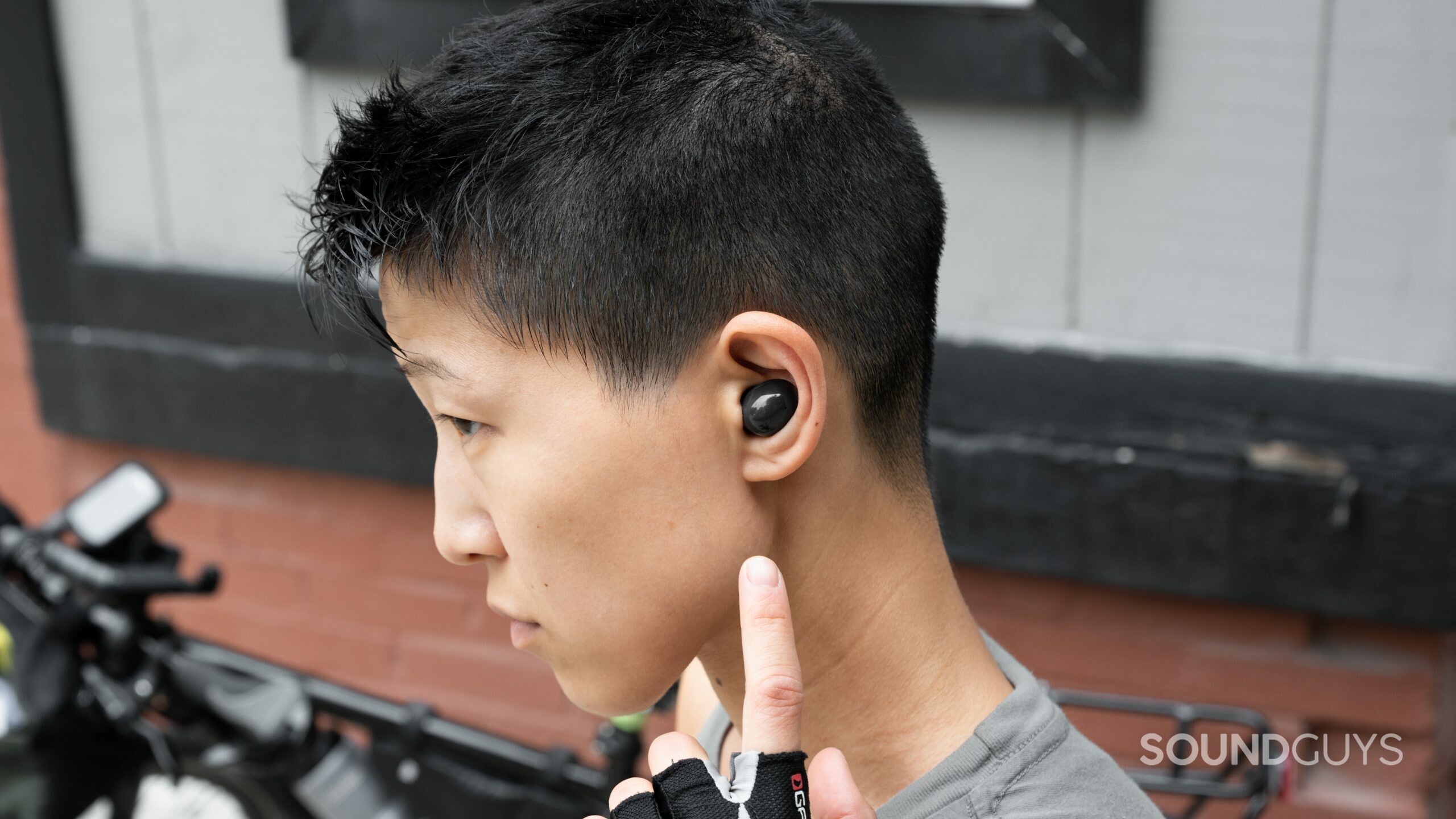
The mic on the Sony WF-1000XM4 is very good but Samsung does a better job of relaying clear voice audio in ideal conditions. Take a listen to our samples below and let us know your thoughts!
Samsung Galaxy Buds 2 microphone demo (Ideal conditions):
Sony WF-1000XM4 microphone demo (Ideal conditions):
Samsung Galaxy Buds 2 microphone demo (Windy conditions):
Sony WF-1000XM4 microphone demo (Windy conditions):
Which microphone sounds better to you?
Should you buy the Sony WF-1000XM4 or Samsung Galaxy Buds 2?
The Sony WF-1000XM4 is among the best pairs of wireless noise canceling earbuds you can buy, but what holds it back is the $279 USD price. Listeners willing to pay a premium will be able to tinker with the sound directly from Sony’s comprehensive mobile app, and take advantage of things like Sony 360 Reality Audio. Of course, you also get a comfortable fit and IPX4 water-resistant rating from Sony’s earbuds, and we love the in-app ear tip fit test too.
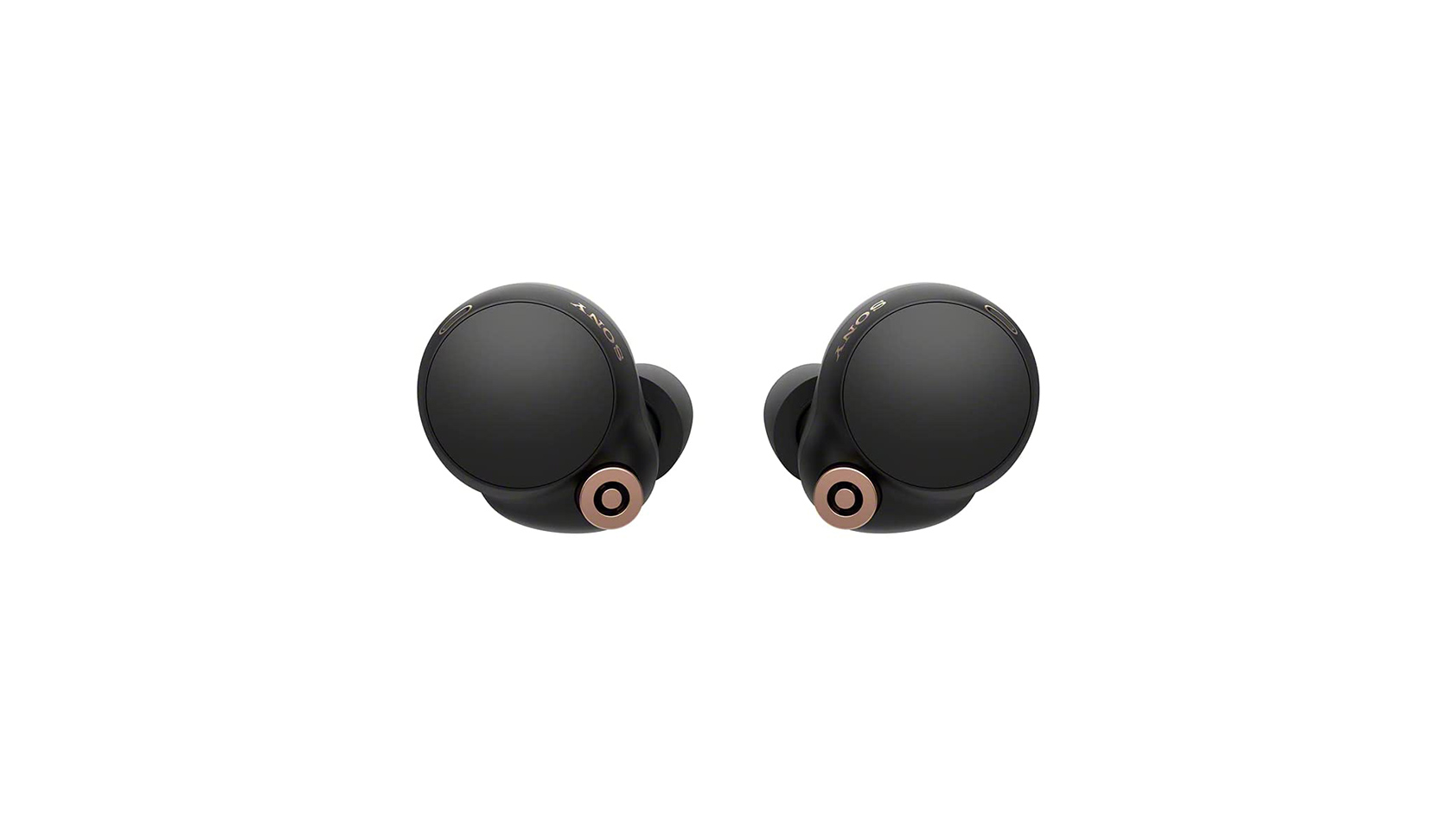
Even though the Sony WF-1000XM4 has some of the best noise canceling of any wireless earbuds around, the Samsung Galaxy Buds 2 has its place: it costs about half as much as the WF-1000XM4 and sounds very good right out of the box. With the Samsung Galaxy Buds 2, you’ll want to pair it with a Samsung phone to get the most out of your experience. If you don’t care for Samsung 360 Audio or Wireless PowerShare, however, the experience is by and large the same on any Android phone.
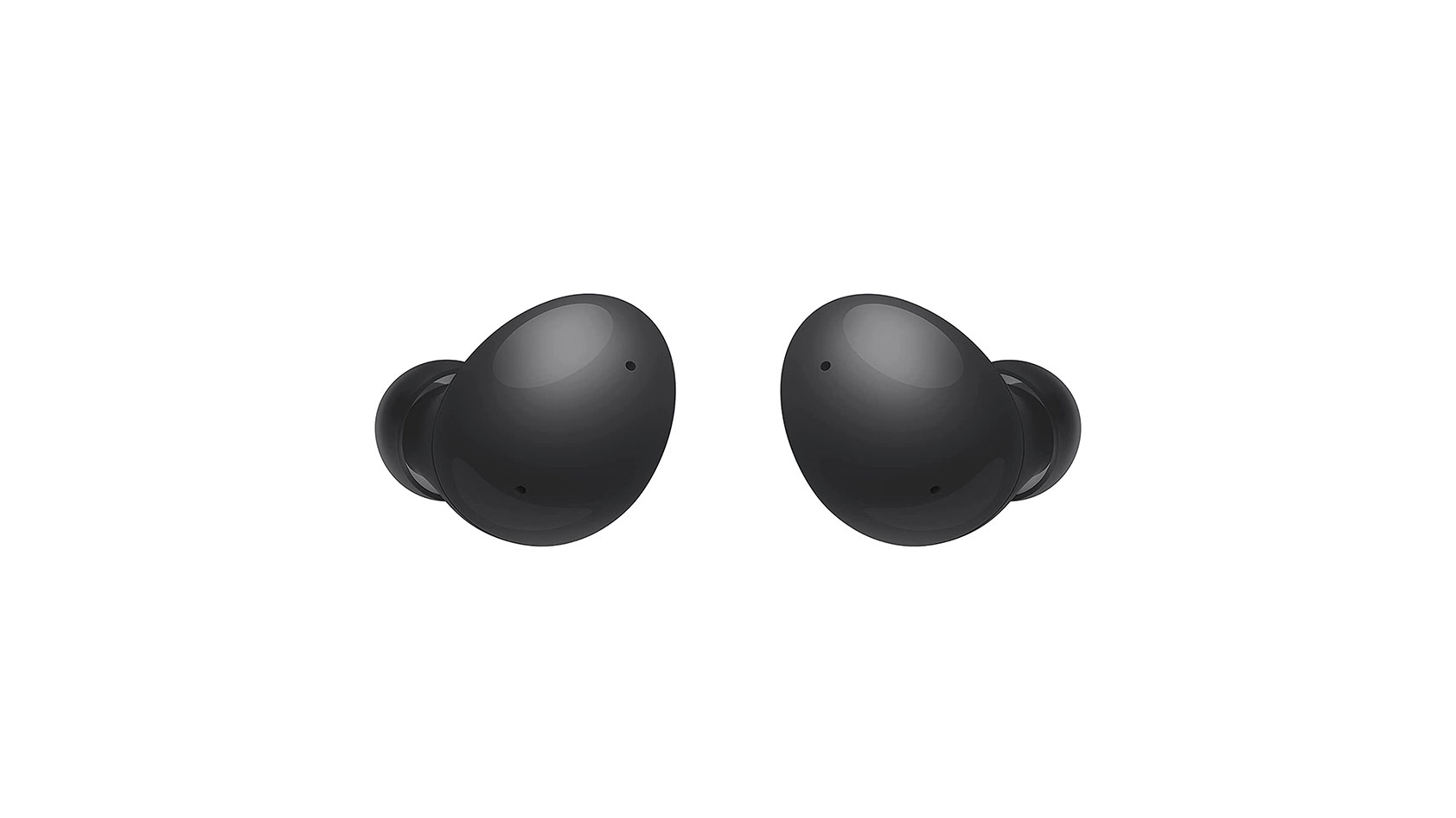
What should you buy instead of the Galaxy Buds 2 and WF-1000XM4?
The Samsung Galaxy Buds 2 Pro is a great alternative to the Galaxy Buds 2, because the Galaxy Buds 2 Pro is more durable than either set of buds we looked at today and boasts an IPX7 rating. You’ll pay more for the Buds 2 Pro than the Galaxy Buds 2, but it costs less than the Sony WF-1000XM4. Noise canceling is comparable between the Galaxy Buds 2 Pro and Sony WF-1000XM4, with Sony featuring better passive isolation due to the memory foam ear tips. Just like the Galaxy Buds 2, the Galaxy Buds 2 Pro doesn’t have an iOS-supported app, so iPhone owners are better with the WF-1000XM4.
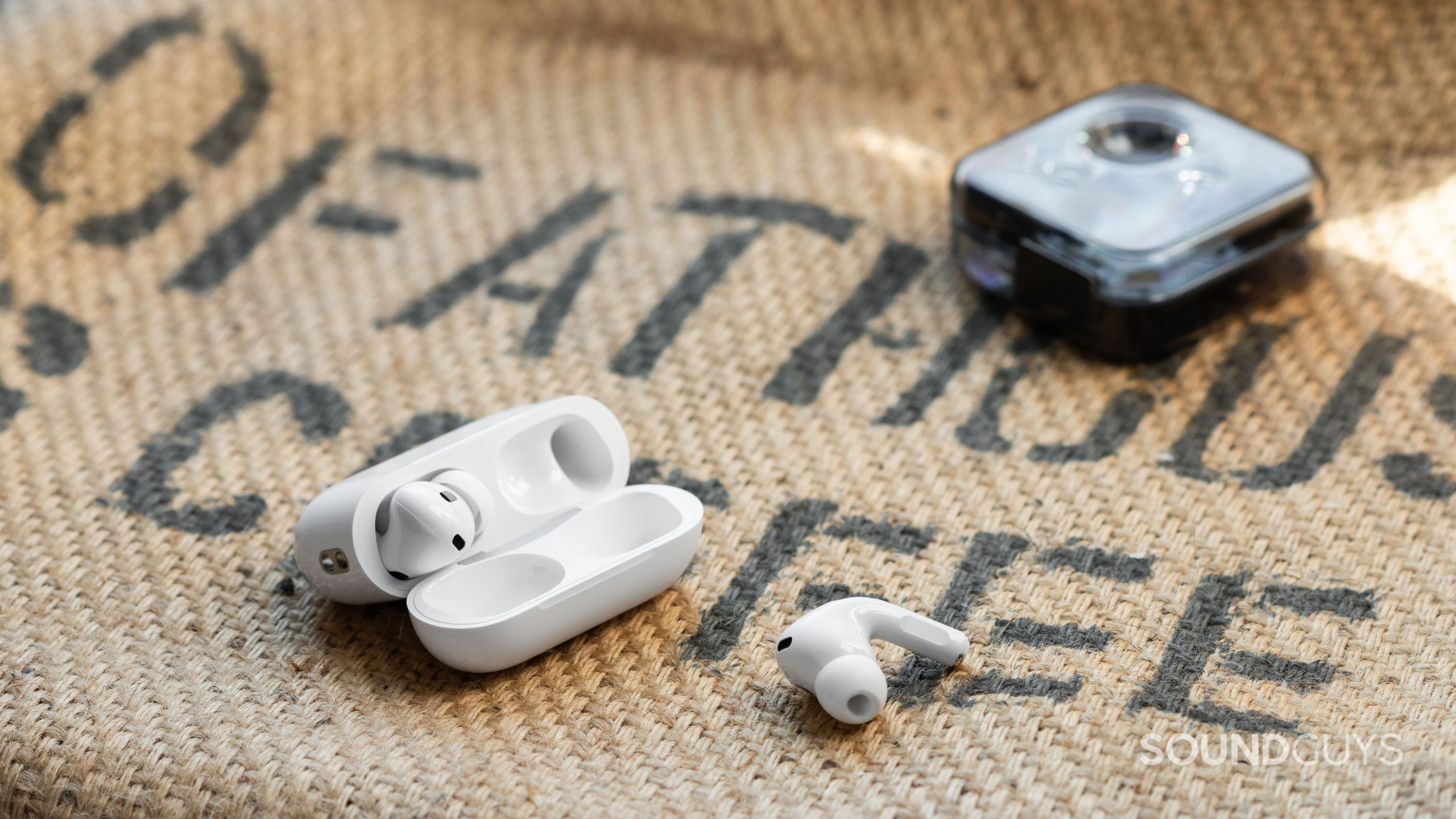
Better yet, if you own an iPhone, go ahead and treat yourself to the Apple AirPods Pro (2nd generation). The latest AirPod Pro earphones have very good noise canceling that outdoes Sony from 20-1,000Hz. (There’s a slight range from 125-150Hz where Sony’s ANC pulls ahead of Apple.) With an IPX4-rated case and earbuds, you can take the AirPods Pro into almost any climate without issue. Sound quality is very good out of the box, but it would be great if Apple gave listeners the option to customize the EQ.
If you’re drawn to the Sony WF-1000XM4 for its stellar noise canceling, consider the Bose QuietComfort Earbuds. This is the second-best pair of noise canceling wireless earbuds on the market. Bose’s active noise canceling is less consistent than Sony’s and passive isolation is less impressive with Bose’s buds too. Still, it’s quite the feat that the Bose QC Earbuds can render 250Hz frequencies nearly one-sixteenth their original loudness.
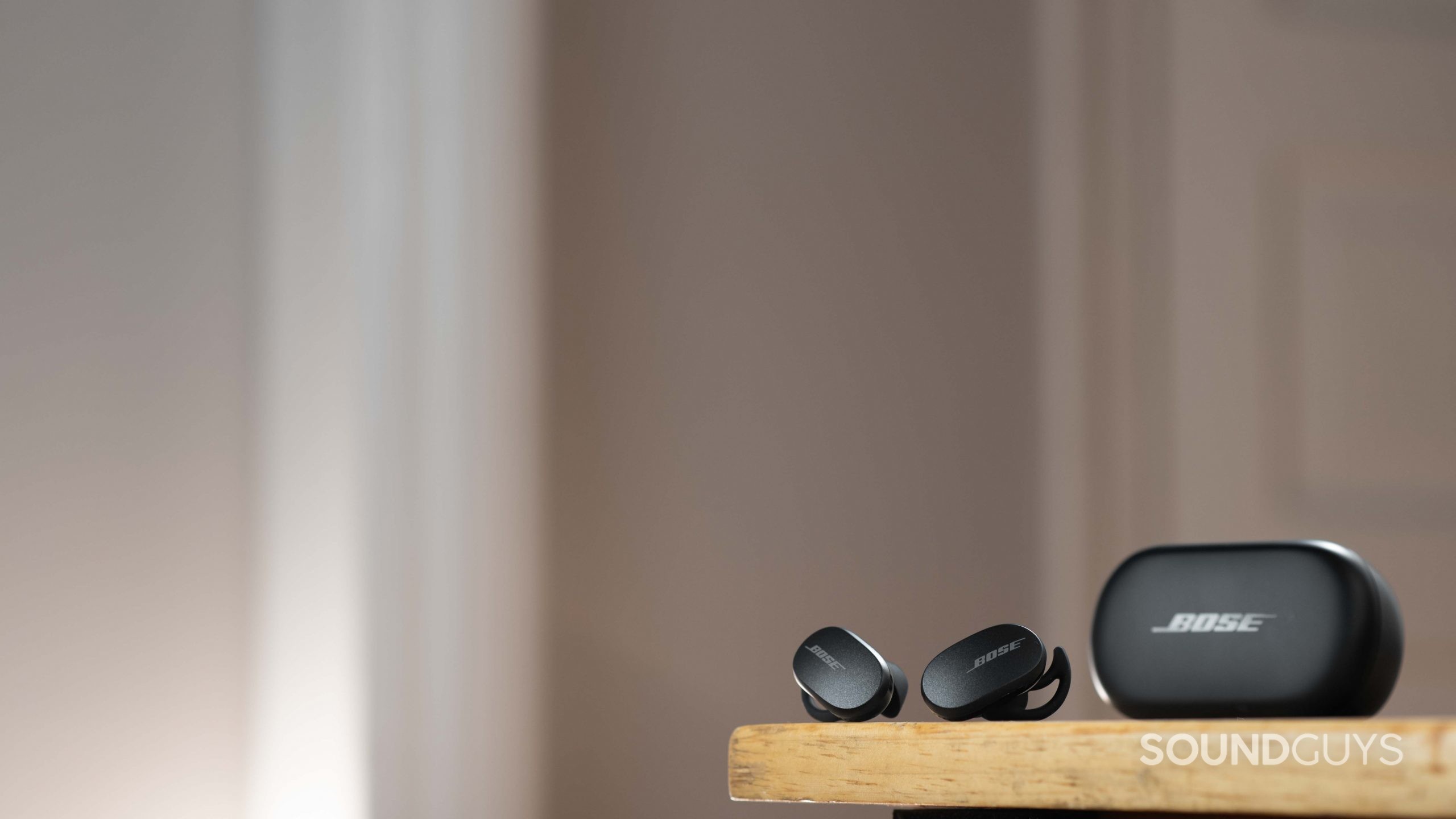
Sound quality is much more pleasing right out of the box with the Bose earphones than with the WF-1000XM4 because the QC Earbuds’ treble response closely follows our house curve. Refer to our comparison chart for the Sony and Bose frequency responses. If you want to mix things up with Bose’s earbuds, you can customize the frequency response within the Bose Music app. Like Sony, Bose’s app works just as well on Android as it does on iOS.
Frequently asked questions about the Sony WF-1000XM4 and Samsung Galaxy Buds 2
To pair the Sony WF-1000XM4 to your smartphone, put the buds in your ears and hold down on each touchpad for 6 seconds. A voice will announce that you’ve entered pairing mode and you should be able to select it from your smartphone’s Bluetooth menu. Every subsequent time you take the buds out of the case, it will try to automatically pair to a device it’s been paired to before.